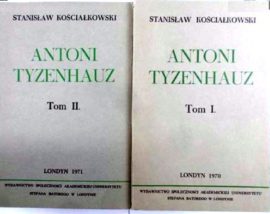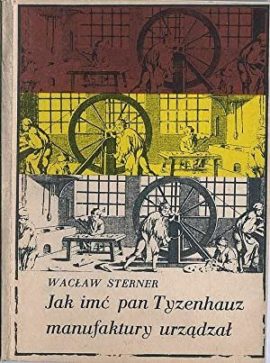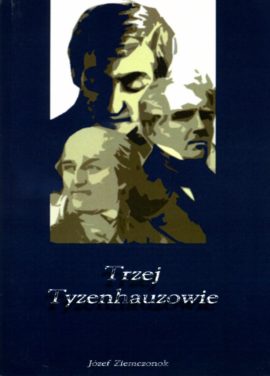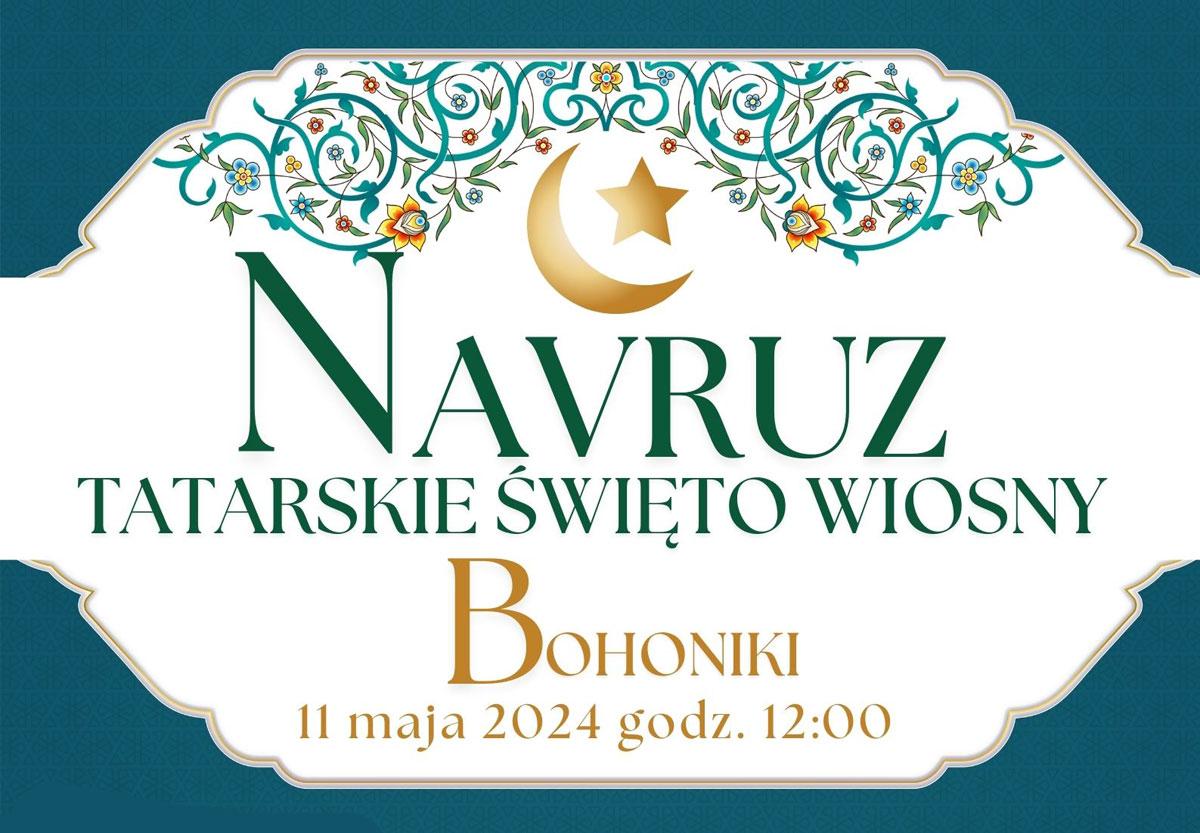
Today we recall his memory by implementing the project “Tyzenhauz Trail – creation of a tourist route to promote the cultural and historical heritage of two cities of Sokolka and Grodno” co-financed under the Cross-border Cooperation (CBC) Programme Poland-Belarus-Ukraine 2014-2020. Below the proverbial “pill” to get to know Antoni Tyzenhauz.
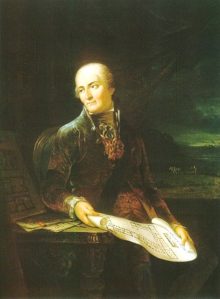
Antoni Tyzenhauz was born in 1733. From 1765 he was Treasurer of the Grand Duchy of Lithuania and Grodno governor. In 1765-1780 he was the administrator of the Lithuanian, Grodno economics and the leader of the royal party in Lithuania. In royal estates, mainly in Grodno and neighboring towns – nearby Horodnica, and built about 50 manufactories, including cloth, hats, lace, glass, needles and playing cards, which employed over 1.8 thousand employees. Tyzenhauz put great merits in the field of science and education, establishing the Cadet Corps in Grodno in 1773, and in 1776 – the Royal Medical School and several vocational schools. During the period of his activity, a plan for the spatial reconstruction of Sokółka with a park and industrial complex was created. However, on the market Square he built 12 stone tenement houses, two of which have remained to this day and in one of the buildings the Sokolka Region Museum is located.
As a treasurer, he also strove for the development of foreign trade and construction of land roads and waterways. His economic activity aimed to increase the king’s income and restoring serfdom ended with the collapse of most manufactories, an increase in social discontent and even a peasant revolt. In 1780 Tyzenhauz lost his management of economics and after two lawsuits were brought against him: as a treasurer and economic manager. He also failed to implement his political plan, which aroused the opposition of Lithuanian magnates: the creation of a strong royal party based on representatives of the middle and petty nobility, independence from the magnate coterie and the Russian embassy. He died in Warsaw in 1785.
For a closer acquaintance with our hero we refer to the readings presented in the pictures.
1. Stanisław Kościałkowski, Antoni Tyzenhauz, Volume I (1970) and II (1971), London.
2. How did Mr. Tyzenhauz arrange his manufactories, Wacław Sterner, Warsaw 1972.
3. Three Brothers Tyzenhauz, Józef Ziemczonok, Biographical sketches, Warsaw 2007.
4. Antoni Tyzenhauz, Illustration from the book: Wacław Sterner.
(AS, EJ)

